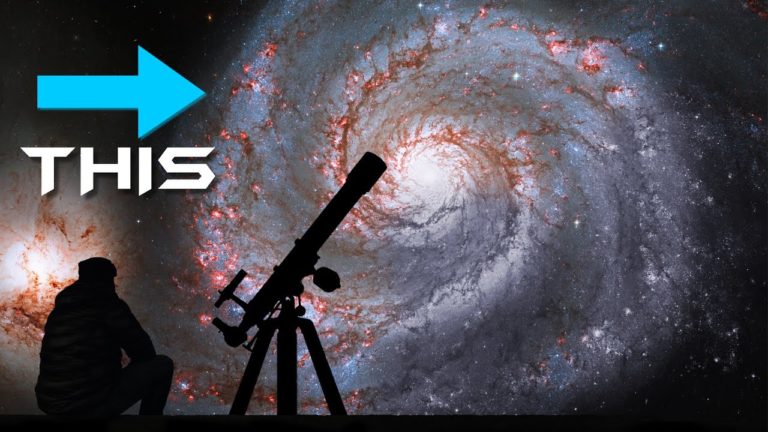What Keeps Physicists Up at Night? Sean Carroll on The Biggest Questions About The Universe
We humans, alongside everything else on Earth and everything we have ever discovered in space, compose less than 5 percent of the universe. This type of matter, also known as “ordinary matter,” is minuscule compared to dark matter and dark energy which together comprise the remaining 95% of the universe.
American theoretical physicist who specializes in quantum mechanics, gravity and cosmology, Sean Carroll explains how much of the universe we truly understand. He explains that all everyday objects that can be touched are ultimately composed of atoms, which are made up of interacting subatomic particles. Then the question arises: Where do the atoms that make us up come from?
While most of the cells in our bodies regenerate every 7 to 15 years, many of the particles that make up those cells have actually existed for billions of years. The hydrogen atoms in us were produced in the big bang, while heavier elements such as the carbon, nitrogen and oxygen atoms were made in the hot furnace of burning stars. The very heavy elements in us come from exploding stars.
Although it is mind-blowing to learn our atoms come from stars going supernova, there is still a mystery of how the collection of those atoms gives rise to something like consciousness. Another enigma is why our experience of the classical world differs so massively from quantum mechanics, if indeed we truly understand the framework of matter that makes us up.
Sean Carroll thinks this enigma can be explained by a phenomenon called emergence. In philosophy and science emergence is thought to occur when an entity is observed to have properties that its parts do not have on their own, properties or behaviors which emerge only when the parts interact in a wider whole.
Do not forget to share your opinion with us to provide you with the best posts !




0 Comments